
Review on Thermaltake Suppressor F1 Mini ITX Tt LCS Certified Cube Computer Chassis - Black by Chai Charoen ᠌

I expected mediocre quality, but the product was pleasantly surprised.
Spent some time trying to improve the supply ventilation. As a first step, I replaced the stock fan with a Noctua NF-A14 PWM, but placed it inside the case. As a result, the distance from the fan to the blank wall of the front panel has increased to about 35 mm. The PCB airflow improved somewhat, but the HDD became hot. Removing the front panel in this case also affected the temperatures, but much less than in the case of a standard fan. Obviously, with this placement, the fan operates in a more comfortable mode, but the result did not seem particularly convincing to me. Didn't dig deep. I returned to a large turntable, but replaced the standard one with a quieter Noctua NF-A20 PWM. I tried to improve the operation of the fan by sealing all the extra holes on the piece of iron to which it is screwed. I did this to prevent back suction of air from the case. The effect is very small, within the measurement error. Evaluated the possibility of using a processor with a package of 95 watts in my system. To do this, in the BIOS, I switched the processor to maximum performance mode with an allowable consumption of 95 watts. Result: when X264 was running, the processor temperature increased from the previous 64 degrees to 77, all the fans switched to the maximum speed mode. Cooling within an all-air system seems to still be possible, although without a margin, but a quiet system is better to build in another case.
- A well-thought-out case design that allows you to quite comfortably place a productive air-cooled system in it. In my case, it was a lightweight workstation for working with architectural design and video editing programs. The machine was assembled for use at home and it was important to ensure not only small dimensions, but also silent operation, including in hot weather. I borrowed almost all the components from another assembly: I7-8700, ASUS ROG STRIX Z370-I GAMING, 32Gb DDR4 3466MHz Kingston HyperX Fury, MSI GTX 1060 AERO ITX 6G OC, 650W SeaSonic SSR-650PX. I used a Noctua NH-U9S cooler and Noctua NF-A8 PWM exhaust fans. All fans connected to the motherboard. The result pleased: even on heavy tasks such as rendering, the fans operate at medium speeds and, if you do not put a heavy load on the video card, the machine remains almost silent.
- Height. This is more of a natural limitation of the small body, rather than its disadvantage. Increasing the height will change the whole concept, but. to reduce noise, it was desirable to use a video card with a more powerful cooling system based on two fans. The cards from MSI seemed to be the most interesting, but about one centimeter of case height was not enough. Another centimeter would make it possible to use full-fledged tower coolers. The regular fan is located behind the blank front panel at a very small distance from it and pumps air from the slots on the side faces. This design greatly reduces the efficiency of air intake: removing the front panel leads to a drop in processor temperature by as much as three degrees. The temperatures of the motherboard and disks go down by 5-10 degrees. The thin plastic of the front panel is somewhat prone to vibrations. It manifests itself at a high fan speed as the appearance of weak high-frequency components in the noise spectrum. Not critical, but slightly irritating. I had to slightly deform the side panels to ensure a good fit to the frame in order to eliminate possible vibrations. After that, the assembled body became completely monolithic.
New products
Comments (0)
Top products in 🎒 Computer Cases

Computer case be quiet! Pure Base 500 black

32 Review
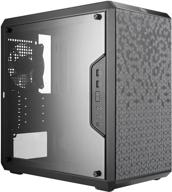
MasterBox Q300L Micro-ATX Tower with Magnetic Dust Filter, Acrylic Side Panel, Adjustable I/O & Ventilated Airflow, in Black

40 Review
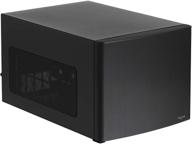
Fractal Design Node 304 - Black - Mini Cube Compact Computer Case - Small Form Factor - Mini ITX – mITX - Enhanced Airflow - Modular Interior - Includes 3x Fractal Design Silent R2 120mm Fans - USB 3.0

42 Review
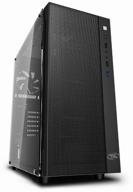
Computer case Deepcool Matrexx 55 MESH black

64 Review
Another interesting products
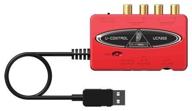
External sound card BEHRINGER U-CONTROL UCA222

16 Review
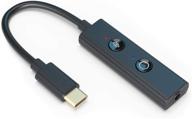
Enhanced Sound Blaster Play! 4 Hi-res USB-C DAC and Sound Adapter with VoiceDetect Auto Mic Mute/Unmute, Dual Noise Cancellation, Bass Boost, Dynamic EQs | Ideal for Windows PC Video Calls

13 Review
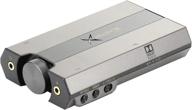
Enhance Your Gaming Experience with Sound BlasterX G6 Hi-Res DAC and USB Sound Card!

17 Review
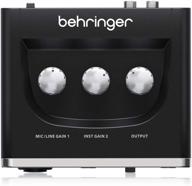
BEHRINGER UM2 Audio Interface with XLR/TRS, 1/4", USB, and RCA – Black, 1-Channel

62 Review

